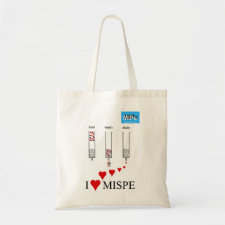
Authors: Dobashi A, Nishida S, Kurata K, Hamada M
Article Title: Chiral separation of enantiomeric 1,2-diamines using molecular imprinting method and selectivity enhancement by addition of achiral primary amines into eluents.
Publication date: 2002
Journal: Analytical Sciences
Volume: 18
Issue: (1)
Page numbers: 35-39.
DOI: 10.2116/analsci.18.35
Alternative URL: http://www.jstage.jst.go.jp/article/analsci/18/1/35/_pdf
Abstract: The imprinted polymers based on a transient complex formation between methacrylic acid and template molecules were prepared by using methacrylic acid and ethylene dimethacrylate as a cross-linking agent. The template molecules used were (R,R)- cyclohexanediamine (1), (S,S)-1,2-diphenylethylenediamine (2) and (S)-1,1'-binaphthyl-2,2'-diamine (3). Another group of templates were those in which the amino group of these templates had been substituted by the hydroxy group: (R,R)-1,2- cyclohexanediol (4) and (S,S)-hydrobenzoin (5). Racemic 2 was separated by the polymer prepared with template 2 (P2) and that with template I (PI). Template 2 is larger than template I in steric bulkiness, but PI was effective for the enantiomer separation of racemic 2. PI was not effective for the separation of racemic 4. Enantioselectivity observed in racemic 2 in P2 was higher than that in racemic 1 in P1. P2 has no definite predetermined shape for solute 1, but it was capable of separating racemic 1. This separation should be thus ascribed to the orientation of at least two carbonyl groups reflecting the conformation of template 2 in P2 cavity. Racemic 5, having the same configuration of the two bulky phenyl groups as that of solute 2, was separated in P2. When the primary amines such as propylamine, cyclohexylamine and 1- adamantanamine were added into the acetic acid-methanol mixures as eluents, both enantioselectivity and retentivity for racemic 2 were enhanced along with the remarkable peak tailing
Template and target information: (R,R)- cyclohexanediamine, (S,S)-1,2-diphenylethylenediamine, (S)-1,1'-binaphthyl-2,2'-diamine, (R,R)-1,2- cyclohexanediol, (S,S)-hydrobenzoin



Join the Society for Molecular Imprinting

New items RSS feed
Sign-up for e-mail updates:
Choose between receiving an occasional newsletter or more frequent e-mail alerts.
Click here to go to the sign-up page.
Is your name elemental or peptidic? Enter your name and find out by clicking either of the buttons below!
Other products you may like:
 MIPdatabase
MIPdatabase









